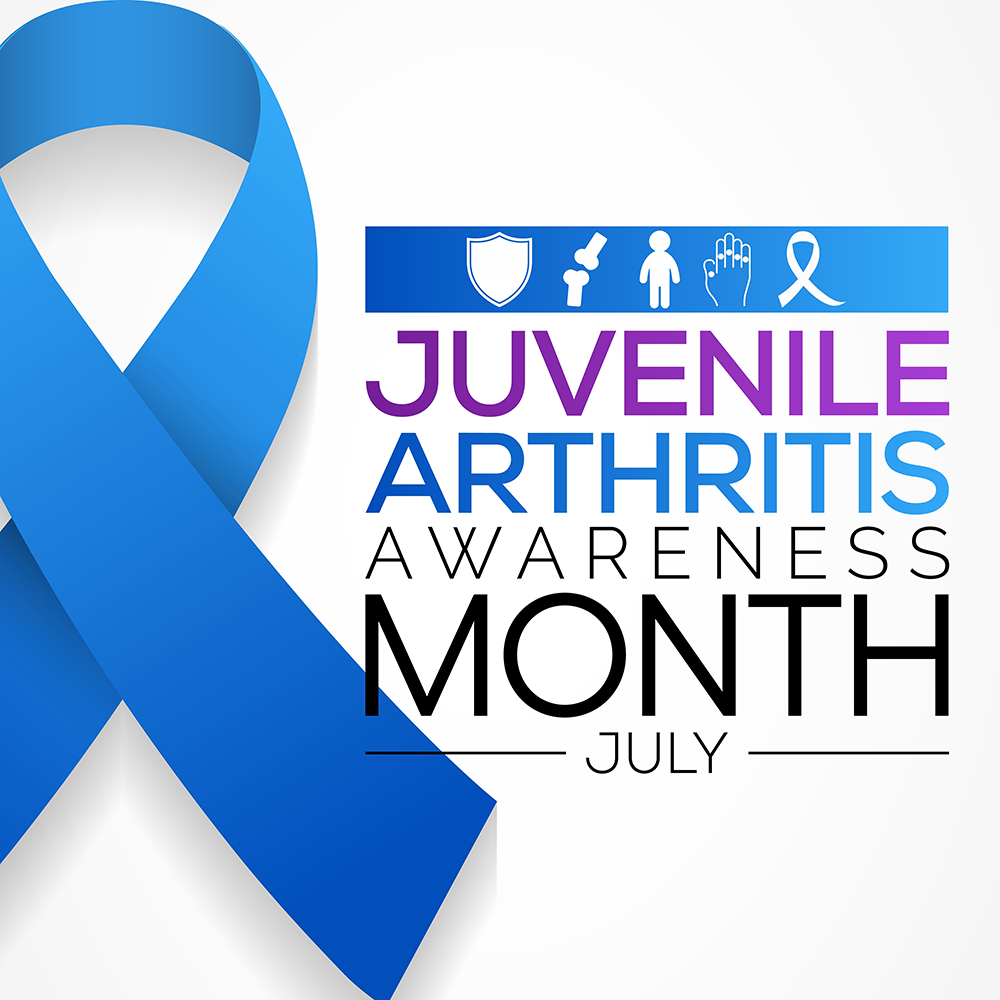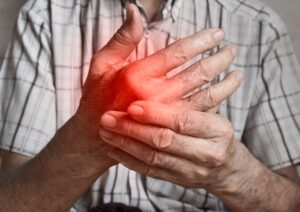July marks Juvenile Arthritis Awareness Month, a time to shine a light on the children and teens who bravely face a condition more commonly associated with adults—arthritis. At Pacific Arthritis, we believe that early diagnosis, compassionate care, and tailored treatment plans are key to helping young patients lead active, fulfilling lives.
As families across the country celebrate Independence Day, it’s also a fitting moment to celebrate the resilience and independence of children living with juvenile arthritis (JA). Whether it’s learning to tie their shoes without pain or joining their friends for a summer picnic, every small victory is worth honoring.
In this blog, we’ll explore what juvenile arthritis is, how to recognize its symptoms, the importance of early treatment, and ways to support joint health at home—especially during the warm summer months when activities and flare-ups can collide.
What Is Juvenile Arthritis?
Juvenile arthritis refers to a group of autoimmune and inflammatory conditions that develop in children under the age of 16. The most common form is juvenile idiopathic arthritis (JIA), which causes the immune system to mistakenly attack the body’s own joint tissues, leading to inflammation, pain, and stiffness.
JA is not just one disease—it includes several subtypes, each with different symptoms and complications. While the exact cause is unknown, genetics, environmental factors, and immune function all play a role.
Signs and Symptoms of Juvenile Arthritis
Because children can’t always articulate their discomfort clearly, JA can sometimes go unnoticed or be misattributed to growing pains or injury. Parents and caregivers should be on the lookout for:
- Joint swelling, especially in the knees, wrists, or fingers
- Morning stiffness or difficulty moving after naps
- Limping or favoring one limb
- Fatigue, irritability, or loss of appetite
- Unexplained fevers or rashes
- Difficulty keeping up with peers physically
These signs may be intermittent or mild at first, but they shouldn’t be ignored. Early intervention can prevent long-term joint damage and help children stay active.
How Pacific Arthritis Supports Pediatric Joint Health
At Pacific Arthritis, our team of rheumatology specialists provides personalized care to meet the unique needs of pediatric patients and their families. While we don’t treat children directly, we often collaborate with pediatricians and pediatric rheumatologists to support the continuum of care.
Key services we provide include:
- Ultrasound-Guided Injections: When recommended by a pediatric rheumatologist, these minimally invasive injections provide targeted relief from inflammation.
- Infusion Therapy: For young patients needing biologic treatments, infusion therapy offers a controlled way to manage more severe or treatment-resistant cases.
- Telemedicine Appointments: Families juggling summer travel or busy school schedules appreciate the flexibility of virtual visits.
- Family Education and Support: Understanding treatment options and home care routines helps empower families to take an active role in their child’s joint health.
Independence Through Awareness and Action
Independence Day reminds us of the importance of freedom—including the freedom for children to play, move, and explore without pain. Juvenile Arthritis Awareness Month aligns with that spirit by emphasizing:
- Advocacy: Speaking out about the realities of JA helps reduce stigma and encourages more research funding.
- Education: Raising awareness among teachers, coaches, and peers creates more inclusive environments for kids with JA.
- Support: Recognizing that both children and parents need emotional and practical support on this journey.
Celebrate this Fourth of July by honoring the courage of children living with arthritis. Whether you’re lighting sparklers or enjoying a family barbecue, remember that even small lifestyle adjustments—like bringing joint-friendly seating or ensuring kids stay hydrated—can make a big difference.
5 Tips for Supporting Joint Health at Home
1. Encourage Gentle Movement
Activities like swimming, yoga, or biking help keep joints flexible without excessive strain. Aim for daily movement to prevent stiffness.
2. Stick to a Medication Schedule
If your child is on a treatment plan, consistency is key. Use reminders or a calendar to stay on track during the summer months.
Apply Heat or Cold Packs
Heating pads can ease stiffness in the morning, while cold packs help reduce swelling after activity.
Hydration Matters
Staying hydrated supports overall joint function—especially important during hot July days filled with outdoor play.
Open Communication
Encourage your child to express how they’re feeling. Understanding their pain level or fatigue helps tailor activities to their needs.
Conclusion: Celebrating Strength and Supporting Care
Juvenile arthritis affects nearly 300,000 children in the U.S., but with early diagnosis, expert care, and family support, many go on to lead vibrant, active lives. At Pacific Arthritis, we’re honored to stand with families and young patients this Juvenile Arthritis Awareness Month—offering compassionate, evidence-based support every step of the way.
If you have concerns about your child’s joint health or would like to learn more about treatment options such as infusion therapy or ultrasound-guided injections, our team is here to help. We proudly serve families in Los Angeles and Santa Monica.
Call us at (310) 297-9221 to schedule a consultation and let’s build a path toward freedom of movement—for all ages.




